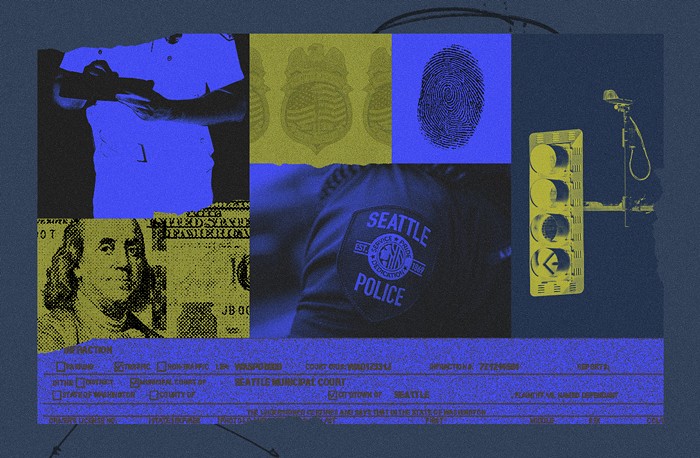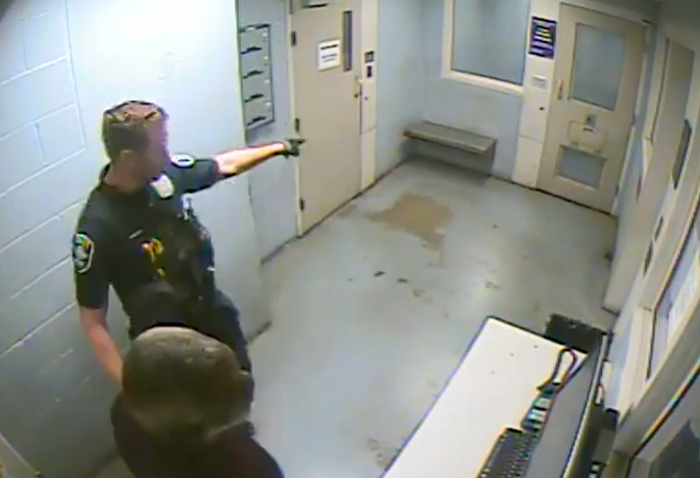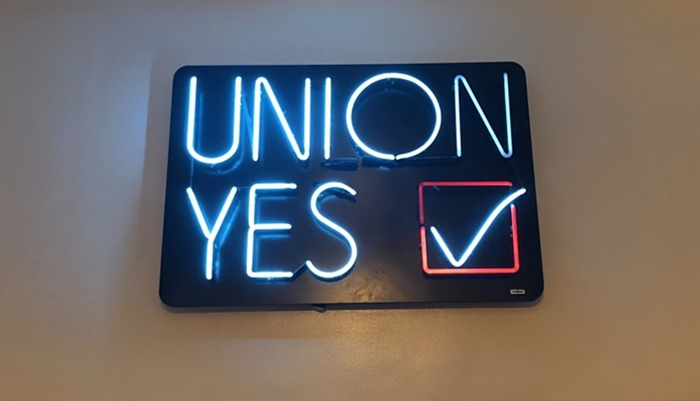
Most trips that lawmakers take to “listen and learn” about “best practices” in other states usually amount to nothing more than poorly disguised vacations, but every once in a while there’s an exception that proves the rule.
Washington State legislators Manka Dhingra and Tina Orwall led one such excursion this month when they took a group of local elected officials to Phoenix. They organized the trip to hear how service providers in Arizona successfully stood up a compassionate and effective crisis response system independent of local police departments. I spoke with Senator Dhingra and King County Councilmember Girmay Zahilay to find out what they learned and why Washington trails Arizona when it comes to unarmed crisis response systems.
But first, we need to cover some background on why our elected officials made the trek to Arizona in the first place. As part of the nationwide effort to install a centralized hotline for people experiencing mental health crises, Sen. Dhingra and Rep. Orwall passed a bill in 2021 to fund Washington’s implementation of the new 988 system. In the near term, that law provided funding for hiring additional staff to handle a projected increase in call volume once the new program goes live on July 16th.
It’s what that bill couldn’t do that spurred the junket to Phoenix, according to Senator Dhingra. In a phone interview, she emphasized that the launch of the crisis line was just the beginning of an effort to overhaul how Washington handles responding to people in crisis. Senator Dhingra’s ultimate goal involves standing up a statewide crisis response infrastructure that operates 24/7 with enough capacity to treat every person who needs medical help during a crisis.
Currently, the lack of such a system means that almost all calls to 911 regarding someone in crisis trigger a response from an armed police officer rather than from a trained health care provider or social worker. And although Seattle boasts a few programs that attempt to fill this gap, they lack the funding and personnel needed to provide the level of service that Senator Dhingra believes every community across the state deserves. One of the service providers the lawmakers met with does operate a crisis recovery center here in Fife, which is a promising proof-of-concept, but it's well short of the institutional capacity needed to serve the entire state.
Washington desperately needs this kind of overhaul. According to research conducted by Seattle University professors in partnership with the Seattle Police Department, cops arrest people involved in crisis-flagged incidents “at a consistently higher rate.” People in crisis are also “more likely to be charged, taken into custody, and incarcerated; and are more likely to be female.” They are also 16 times more likely to die during interactions with law enforcement, so building up this alternative system seems like it should be a fairly urgent priority. To quote wannabe Seattle City Council Public Safety Committee chair Sara Nelson: “People are dying.”
But it doesn’t have to be that way, and Arizona has already proven that a better world is possible. In the sprawling desert state, residents have access to a hotline staffed 24/7 with enough people and resources to help whoever calls for assistance during a mental health crisis. That assistance, according to Senator Dhingra’s recollection of the presentation from officials who run Arizona’s program, primarily takes place over the phone. Only 10% of calls require an in-person team of service providers, she said. For those rare occasions that require an in-person response, a two-person team composed of a trained health care provider and a “peer” of the person in crisis meets the patient and guides them through the process of accessing whatever care they need. If the team can’t resolve the person’s issue on-site, then they can take the patient to one of Phoenix’s crisis recovery centers, which are designed to help stabilize patients and to refer them to appropriate service providers.
In a phone interview, Councilmember Zahilay stressed that solving the technical challenges of standing up the crisis hotline won’t create a new system overnight. To replicate Arizona’s system, we must address the acute shortage of supportive housing and the lack of health care capacity to treat people in crisis, he said. He also pointed out – and stop me if this sounds familiar – that Washington’s regressive tax code means local governments such as King County have limited means to raise the funding required to pay for treating and housing people in crisis.
Senator Dhingra claims she’s working with the cohort of policymakers from the trip to make the state foot the bill for the first 23 hours of care delivered to these patients, which would at least serve as a partial answer to the funding shortfall Zahilay identified. That division of financial responsibility mirrors how Arizona funds its program, and Senator Dhingra said she didn’t receive any pushback to that idea from the elected officials on the trip. She also claimed that the state already provided funding for a few facilities that could serve as crisis recovery centers, though many more would still need to be built to meet projected demand.
Despite the challenges, Dhingra and Zahilay both expressed optimism for the idea that Washington could create a unified crisis response system. Just getting the 988 bill over the finish line was “one of the hardest bills I’ve ever worked on,” Dhingra said, but she attributed the bill’s eventual success to pressure from advocates. After seeing what a difference the unarmed crisis response programs made for people in Arizona, Dhingra said she’s hopeful other officials will “get out of their silos” to make a statewide system a reality here in Washington.
For his part, Zahilay sounded hopeful about the possibility of residents in unincorporated urban areas of his district seeing preliminary results even sooner. The King County Executive has approximately $500,000 to spend on pilot programs serving places like Skyway that rely on the County for emergency response services. A recent County survey showed that many of those residents want the option of calling an unarmed behavioral health professional when they see someone in crisis. In Zahilay’s view, the programs he observed in Arizona could provide a template for designing at least some of those pilot projects.



















